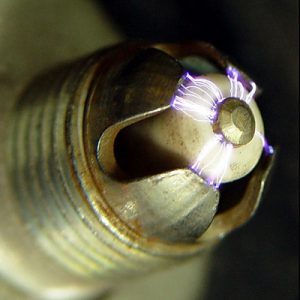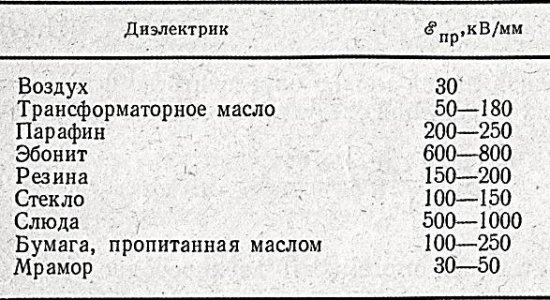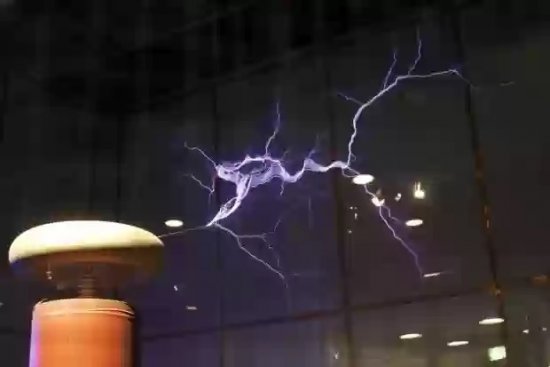Electrical failure
The process of breakdown of a dielectric, which occurs during impact ionization by electrons due to the rupture of interatomic, intermolecular, or interionic bonds, is called electrical breakdown. The time duration of electrical failure varies from a few nanoseconds to tens of microseconds.
Depending on the circumstances of its occurrence, electrical damage can be harmful or beneficial. An example of a useful electrical breakdown is the discharge of a spark plug in the working area of an internal combustion engine cylinder. An example of a harmful failure is the failure of an insulator on a power line.

At the moment of electrical breakdown, when a voltage above the critical (above the breakdown voltage) is applied, the current in a solid, liquid or gaseous dielectric (or semiconductor) increases sharply. This phenomenon can last for a short period of time (nanoseconds) or be established for a long time, just as the arc starts and continues to burn in gas.
The electric breakdown strength Epr (dielectric strength) of this or that dielectric depends on the internal structure of the dielectric and is almost independent of the temperature, nor of the size of the sample, nor of the frequency of the applied voltage. So, for air, the dielectric strength under normal conditions is about 30 kV / mm, for solid dielectrics this parameter is in the range from 100 to 1000 kV / mm, while for the liquid it will be only about 100 kV / mm.
The denser the structural elements (molecules, ions, macromolecules, etc.) are, the lower the breakdown strength of the considered dielectric becomes, since the mean free path of the electrons becomes larger, that is, the electrons gain enough energy to ionize the atoms or molecules even with a lower intensity of the applied electric fields.
The inhomogeneity of the electric field formed in the dielectric, related to the inhomogeneity of the internal structure of a solid dielectric, strongly affects dielectric strength of such a dielectric… If a dielectric whose structure is inhomogeneous is introduced into an electric field of equal strength, then the electric field inside the dielectric will be inhomogeneous.
Microcracks, pores, external inclusions that have a breakdown strength value smaller than the dielectric itself will generate inhomogeneities in the electric field strength pattern inside the dielectric, meaning that local areas inside the dielectric will have higher strength. and breakdown can occur at voltages lower than would be expected from a perfectly homogeneous dielectric.
Representatives of porous dielectrics, such as cardboard, paper or varnished cloth, are distinguished by particularly low indicators of breakdown voltage, since the electric field formed in their volume is sharply inhomogeneous, which means that the intensity in local areas will be more - high and breakdown will occur at a lower voltage. In one way or another, in solid particles, electrical breakdown can proceed by three mechanisms, which we will discuss below.
The first mechanism of electrical breakdown of a solid is the same internal breakdown, which is associated with the acquisition of a charge carrier along the mean free energy path, sufficient to ionize the gas molecules or crystal lattice, which increases the concentration of charge carriers. Here the free carriers of charge form as an avalanche, hence the current increases.
The breakdown occurring in a dielectric according to this mechanism can be bulk or surface. For semiconductors, surface breakdown can be related to the so-called filamentary effect.
When the crystal lattice of a semiconductor or dielectric is heated, then a second mechanism of electrical breakdown, thermal breakdown, can take place. As the temperature increases, the free charge carriers become easier to ionize the lattice atoms; therefore the breakdown voltage decreases. And it is not so important whether the heating occurred from the action of an alternating electric field on the dielectric or simply from the transfer of heat from the outside.
The third mechanism of electrical breakdown of a solid is discharge breakdown, which is caused by the ionization of gases adsorbed in a porous material. An example of such a material is mica. Gases trapped in the pores of the substance are first of all ionized, gas leaks occur, which then lead to the destruction of the surface of the pores of the base substance.


